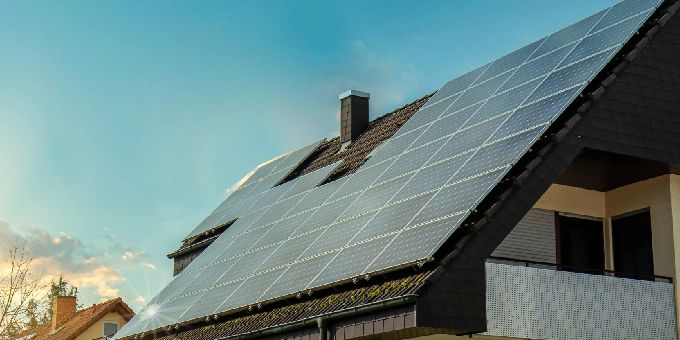Heritage properties are an important part of our cultural heritage, and preserving them is crucial for future generations. Building inspections for heritage properties can present unique challenges and opportunities. In this article, we will take a closer look at these challenges and opportunities.
Challenges of Building Inspections for Heritage Properties
One of the primary challenges of building inspections for heritage properties is balancing the need for preservation with the need for modernization. Heritage properties are often old and require maintenance to ensure they remain structurally sound. However, any changes made to the property must be done in a way that does not compromise its historical value.
Another challenge is the limited availability of building materials and expertise. Heritage properties often require specialized building materials and techniques that are no longer widely used. Finding the right materials and experts can be a challenge, which can lead to delays and increased costs.
Finally, heritage properties often have unique features that can complicate inspections. For example, many heritage properties have intricate architectural details, which can be difficult to assess for structural integrity. Inspectors must take extra care to ensure that they do not damage or alter these features during the inspection.
Opportunities of Building Inspections for Heritage Properties
While there are certainly challenges associated with building inspections for heritage properties, there are also many opportunities. One of the primary opportunities is the ability to preserve a piece of history. By conducting thorough inspections and making necessary repairs, heritage properties can be kept in good condition for future generations to enjoy.
Another opportunity is the ability to use modern technology to aid in inspections. For example, thermal imaging cameras can be used to identify areas of heat loss in a heritage property, which can be an indication of structural issues. Moisture meters can be used to identify areas of water damage or potential mold growth. These tools can help inspectors identify issues that may not be immediately visible to the naked eye, which can help preserve the property.
Finally, building inspections for heritage properties can be an opportunity to engage with the community. Heritage properties are often a source of pride for the community, and involving community members in the inspection process can help build support for preservation efforts. This can be done through public meetings, tours, or other events.
Best Practices for Building Inspections for Heritage Properties
To ensure that building inspections for heritage properties are successful, it is important to follow best practices. Here are a few key tips to keep in mind:
- Work with experts who have experience with heritage properties. This includes architects, engineers, and other specialists who understand the unique challenges of preserving historical properties.
- Take a comprehensive approach to inspections. This includes assessing the property’s structure, electrical systems, plumbing, HVAC systems, and other important components.
- Be mindful of the property’s historical significance. Any repairs or modifications made to the property should be done in a way that does not compromise its historical value.
- Use modern technology to aid in inspections. Tools such as thermal imaging cameras and moisture meters can help identify issues that may not be immediately visible to the naked eye.
- Involve the community in the inspection process. This can help build support for preservation efforts and ensure that the property remains a source of pride for the community.
In conclusion, building inspections for heritage properties can present unique challenges and opportunities. While it can be challenging to balance the need for preservation with the need for modernization, it is important to take a comprehensive approach to inspections and work with experts who understand the unique challenges of preserving historical properties. By following best practices and using modern technology, heritage properties can be preserved for future generations to enjoy.




